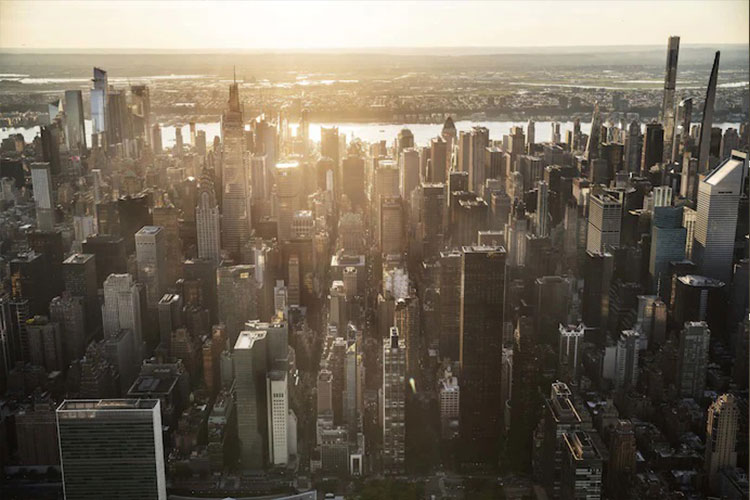

The finalized guidelines for Local Law 97 come after three years of uncertainty among property owners over how to comply with the law’s ambitious targets
December 27, 2022 | Staff Reporter | USA | Real Estate

The New York City Buildings Department released the first set of final rules for a landmark climate law passed in 2019 that aims to significantly slash emissions from buildings that are larger than 25,000 square feet — the city’s biggest source of planet-warming pollution.
“Getting implementation of this law right is critical to the future of our City, which is why the Adams Administration is committed to a smart and carefully considered approach to this game-changing sustainability policy,” acting New York City Buildings Commissioner Kazimir Vilenchik said in a statement, referring to Mayor Eric Adams (D).
The finalized guidelines for Local Law 97 come after three years of uncertainty among property owners over how to comply with the law’s ambitious targets, which begin in 2024 for about 20 percent of buildings. The rules are meant to help determine each individual building’s yearly emissions allowance and energy use. By 2030, the regulations become much more stringent, with an expected 40 percent drop in buildings’ emissions citywide.
In October, the city agency released a draft version of the rules, immediately sparking criticism from environmentalists, who said the proposals risked weakening the intent behind the law, and real estate developers, who argue the rule is not specific enough.
But the final rules remain substantially unchanged from the original draft. The agency said it will be publishing more rules in the new year to address many of the concerns brought up during the public comment period and to further clarify what efficiency standards buildings will need to meet by 2024.
Already, the Real Estate Board of New York, or REBNY, has warned that about 13,500 commercial buildings are on track to miss strict 2030 compliance deadlines if energy consumption remains the same and if owners don’t purchase offsets, which is meant to compensate for on-site pollution via investments in land restoration or carbon storage elsewhere but is largely criticized by climate advocates as being ineffective.
Zachary Steinberg, REBNY’s senior vice president of policy, said that his company has been advocating throughout the rulemaking process for tools to help owners comply. He said there are two main concerns:
If building owners miss the deadlines, they could face a fine of $268 for each ton of emissions above the established limit, according to the city agency. However, Laura Popa, deputy commissioner for sustainability, told the Climate 202 that the agency is working on updated rules to address how the penalties will be assessed, “including consideration of mitigating factors like what constitutes a building owner’s ‘good faith efforts’ towards compliance.”
The finalized regulations mostly mirror the DOB’s draft proposal that it had released to the public in the fall, but a few minor tweaks have been made. There are still significant unanswered problems regarding the provision of funds to encourage building retrofits and the use of renewable energy credits to offset emissions, but department officials are still poring through public comment as the rest of the rules are still in draft form. The DOB plans to unleash a second set of rules in the coming months to offer additional clarity but the new rules appear to lay tangible groundwork for NYC’s ambitious decarbonization plan, which is good news since the law stands to set the stage for more citywide decarbonization efforts within the United States.